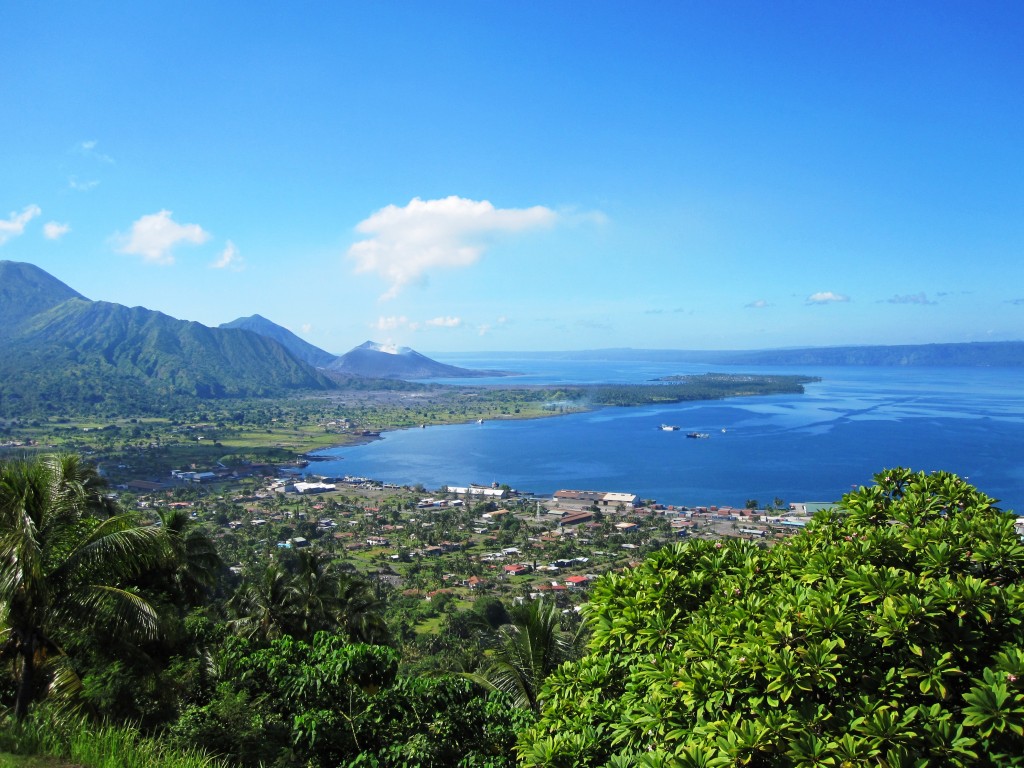Papua New Guinea, geothermal energy and its Climate Change commitment
As the first country that handed in its Climate Plan under the Paris Climate Change Agreement, Papua New Guinea is well positioned to build geothermal energy into its energy mix, mostly for mining operations and small communities.
The country of Papua New Guinea is the first country to send in a Climate Plan under the Paris Agreement from the Climate Talks in Paris in December 2015.
The UN Climate Change Secretariat has established a new page on its website to capture countries’ formal climate action plans under the Paris Climate Change Agreement and the first of these intended nationally determined contributions (INDCs) has come from Papua New Guinea.
A total of 195 countries under the UN Framework Convention on Climate Change (UNFCCC) set a clear path towards this goal at the UN climate change conference in Paris, last December. This means peaking global emissions soon – stopping their current annual rise – and then reversing them very rapidly to a point as soon as possible later this century when remaining greenhouse gas emissions are absorbed back from the atmosphere by nature or technology.
In its INDC, Papua New Guinea describes its current greenhouse gas emissions as negligible, but underlines the responsibility and concern on the effects of climate change. It describes the country’s electricity supply and the importance of geothermal in that context.
With an installed geothermal power generation capacity of 56 MW at the plant on Lihir Island. The plant was the first geothermal plant in Papua New Guinea with initially 6 MW and a total installed capacity today of 56 MW. It supplies power to the gold mining operations on the island.
While describing geothermal as an opportunity, PNG also states that most of the opportunities lie in remote areas of the country. At the same time, the geothermal development opportunities are close to ongoing mineral exploration and/ or development, which could have a huge impact. Most of those operations derive their power from diesel fuel powered generators, which are costly and create lots of emissions.
Some coastal towns in New Britain, so a country update for PNG from the World Geothermal Congress 2015, could “benefit from small scale geothermal developments. The Gazelle, Rabaul, and Kimbe transmission grids could theoretically be entirely powered by geothermal energy if exploration and development would commence.”
So with the country’s commitment to contribute to the Paris Agreement and the geothermal potential, PNG is well positioned to build geothermal energy into its energy future.
Source: United Nations Framework Convention on Climate Change (UNFCC), INDC of Papua New Guinea, 2015 Papua New Guinea Country Update, WGC 2015 (pdf)


















